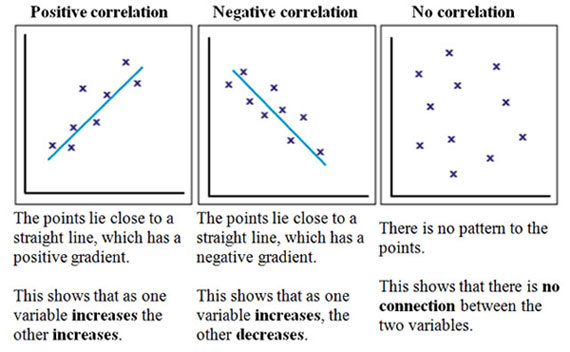
Two instruments were used for data collection, one of the instrument was a questionnaire for the level of availability, and the other was a performance test that has a total of 25marks. In my case sir I have a sample of 27 schools, where I want to find out the relationship between availability of laboratory equipment and academic performance.

1 represents a small effect size (explains 1% of the variance). 3 represents a medium effect size (explains 9% of the variance), and r =. 5 represents a large effect size (explains 25% of the variance), r =. Since r 2= 0.00046, we know that only 0.046% of the variation in the memory recall scores is based on the amount of sleep.Ī rough estimate of effect size is that r =. Note that this is the same effect size that was calculated in Example 2 of Two Sample t Test with Equal Variances.Īlternatively, we can use φ ( phi) as a measure of effect size. This means that the difference between the average memory recall score between the control group and the sleep-deprived group is only about 4.1% of a standard deviation. Using the formula from Property 1 of Correlation Testing via the t Test, we can convert this into an expression based on r, namely: The sample version of this measure of effect size is Observation: The effect size for the comparison of two means (see Two Sample t Test with Equal Variances) is given by 0214, which agrees with the value we get using CORREL (as we can see in cell L5 in Figure 1). Observation: The value for t from Example 1 is. Where t is the test statistic for two means hypothesis testing of variables x 1 and x 2 with t ~ T( df), x is a combination of x 1 and x 2 and y is the dichotomous variable as in Example 1. Įxample 2: Calculate the correlation coefficient for Example 1 using Property 1.įigure 2 – Calculation of point biserial correlation coefficient r-effect size The point-biserial correlation coefficient is simply Pearson’s product-moment correlation coefficient where one or both of the variables are dichotomous. Point-biserial Correlationĭefinition 1: A variable is dichotomous if it only takes two values (usually set to 0 and 1). Using either test, we conclude that the hay fever drug did not offer any significant improvement in driving results as compared to the control. The p-values (cells H14 and L10) and t statistics (cells F14 and L7) of the t-test and correlation test are exactly the same. The correlation coefficient is calculated to be r = 0.0214 (cell L5) and the correlation test is shown on the right side of Figure 1 using the approach described in Correlation t-Test.įigure 1 – Using correlation testing to solve Example 1 It turns out that the two-sample analysis using the t-test is equivalent to the analysis of the correlation coefficient using the t-test.Įxample 1: Calculate the correlation coefficient r for x and y as described above, and then test the null hypothesis H 0: ρ = 0. This two-sample t-test can be turned into a correlation problem by combining the two samples into one sample (random valuable x) and setting the dichotomous random variable y to 0 for elements in one sample and to 1 for elements in the other sample. The t-test is repeated in the middle part of Figure 1 based on the data for the two independent samples shown in ranges A4:A15 and A16:A27 of Figure 1. The r-effect size (aka the eta or phi effect size)Įxample 2 of Two Sample t Test with Equal Variances tests whether memory recall is the same for the control group and the sleep-deprived group.The relationship between the t-test and the correlation test.© 2019 The British Psychological Society.On this webpage, we describe the following:

R functions are provided that can be used to compute the proposed confidence intervals and sample size formulas.Įffect size independent-samples t-test interval estimation standardized mean difference two-group design. Sample size formulas for estimating a point-biserial correlation with desired precision and testing a point-biserial correlation with desired power are proposed. A confidence interval for an average point-biserial correlation in meta-analysis applications performs substantially better than the currently used methods. The proposed point-biserial confidence intervals can be used to conduct directional two-sided tests, equivalence tests, directional non-equivalence tests, and non-inferiority tests. Confidence intervals and standard errors for the point-biserial correlation estimators are derived from the sampling distributions for pooled-variance and separate-variance versions of a standardized mean difference. Point-biserial correlations are defined for designs with either fixed or random group sample sizes and can accommodate unequal variances. New estimators of point-biserial correlation are derived from different forms of a standardized mean difference. The point-biserial correlation is a commonly used measure of effect size in two-group designs.


 0 kommentar(er)
0 kommentar(er)
